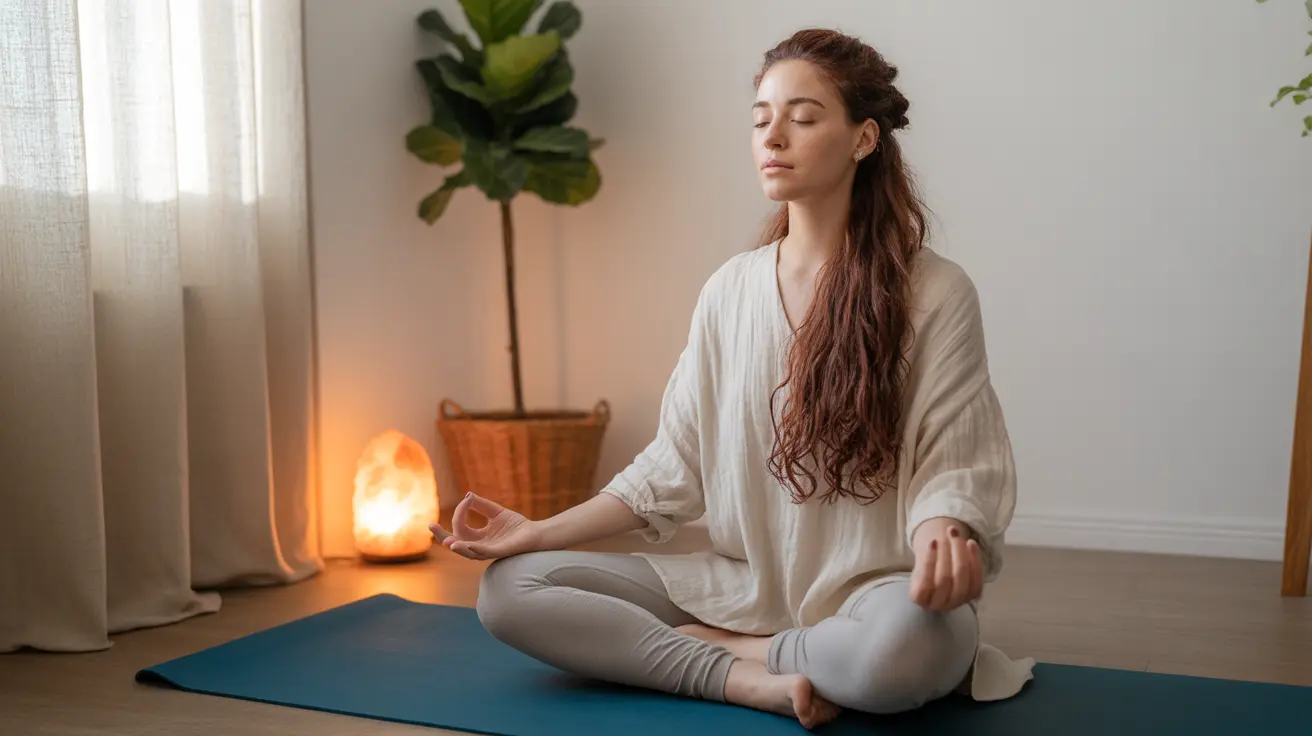Living with vestibular migraine can be an overwhelming experience, but there is hope for managing and even overcoming this challenging condition. As someone who has navigated the complex journey of vestibular migraine treatment, I understand the importance of finding effective solutions that work at home. This comprehensive guide will explore various evidence-based strategies that can help you regain control of your life.
Whether you're newly diagnosed or have been struggling with vestibular migraine for years, understanding the range of available treatment options is crucial for developing an effective management plan. Let's explore the most successful approaches to treating vestibular migraine at home.
Lifestyle Modifications for Vestibular Migraine Management
One of the most effective ways to manage vestibular migraine is through consistent lifestyle changes. These modifications can significantly reduce both the frequency and severity of attacks.
Sleep Hygiene and Stress Management
Maintaining regular sleep patterns is crucial for vestibular migraine control. Aim for 7-9 hours of quality sleep each night, and establish a consistent bedtime routine. Stress management techniques such as deep breathing exercises, meditation, or gentle yoga can help prevent trigger accumulation.
Environmental Adjustments
Creating a migraine-friendly environment can make a significant difference. This includes:
- Reducing bright or flickering lights
- Minimizing exposure to loud noises
- Maintaining consistent room temperatures
- Using anti-glare screens for digital devices
Dietary Changes That Make a Difference
Food choices play a crucial role in managing vestibular migraine symptoms. A thoughtful approach to diet can help prevent attacks and improve overall well-being.
Trigger Food Elimination
Common trigger foods to consider eliminating include:
- Aged cheeses and processed meats
- Caffeine and alcohol
- MSG and artificial sweeteners
- Foods high in sodium
- Chocolate and citrus fruits
Beneficial Dietary Additions
Focus on incorporating:
- Fresh fruits and vegetables
- Lean proteins
- Complex carbohydrates
- Adequate hydration (aim for 8-10 glasses of water daily)
- Anti-inflammatory foods
Effective Supplements and Natural Remedies
Several supplements have shown promise in managing vestibular migraine symptoms:
- Magnesium (400-600mg daily)
- Vitamin B2 (riboflavin)
- Coenzyme Q10
- Ginger root extract
- Butterbur (with proper safety certifications)
The Role of Vestibular Rehabilitation
Vestibular rehabilitation therapy (VRT) is a specialized form of exercise-based treatment that can significantly improve balance and reduce dizziness. Working with a qualified therapist to develop a home exercise program can help:
- Improve balance and coordination
- Reduce visual dependence
- Decrease sensitivity to motion
- Build confidence in daily activities
Frequently Asked Questions
What are the most effective at-home treatments for managing vestibular migraine symptoms?
The most effective at-home treatments include maintaining consistent sleep patterns, practicing stress reduction techniques, following a trigger-free diet, and performing prescribed vestibular exercises. Using ice packs or cold compresses during attacks can also provide relief.
How can lifestyle changes help reduce the frequency of vestibular migraine attacks?
Lifestyle changes such as maintaining regular sleep schedules, managing stress levels, avoiding trigger foods, and staying physically active can significantly reduce attack frequency. Consistency in daily routines is key to prevention.
Which over-the-counter medicines or supplements are helpful for vestibular migraine relief?
Beneficial supplements include magnesium, vitamin B2, CoQ10, and ginger. Some people find relief with over-the-counter NSAIDs, though these should be used under medical supervision to avoid rebound headaches.
What dietary changes can I make to prevent vestibular migraine episodes?
Focus on eliminating common trigger foods, maintaining regular meal times, staying hydrated, and following an anti-inflammatory diet. Keep a food diary to identify personal triggers and maintain a consistent eating schedule.
How does vestibular rehabilitation therapy support recovery from vestibular migraine?
Vestibular rehabilitation therapy helps by retraining the brain to process balance signals more effectively, reducing dizziness and improving stability. It includes specific exercises that can be performed at home after proper instruction from a qualified therapist.
Remember that recovery from vestibular migraine is often a journey that requires patience and persistence. While these strategies have proven effective for many, it's important to work with healthcare providers to develop a personalized treatment plan that addresses your specific needs and symptoms.




